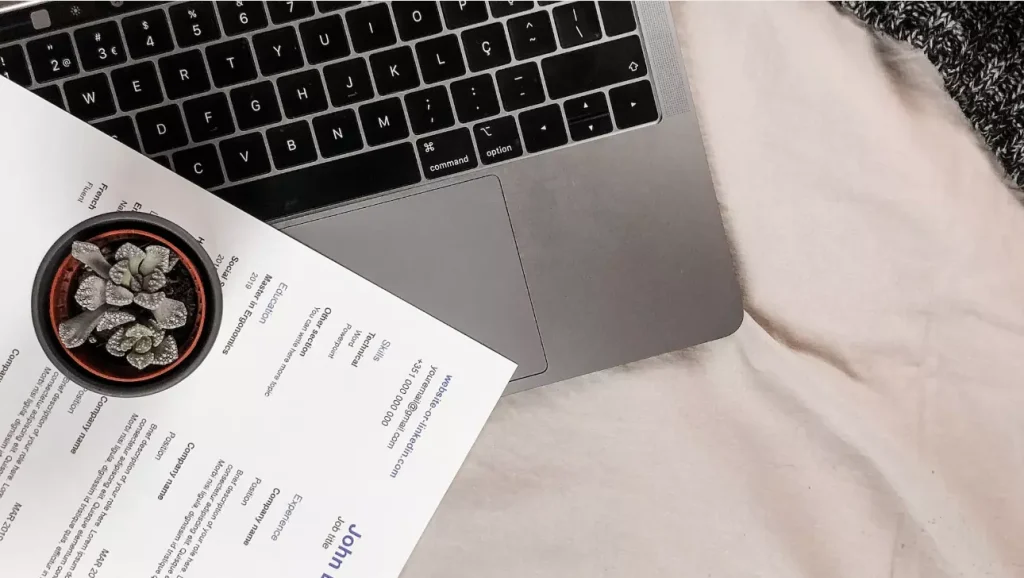Table of Contents
Introduction: How to Proofread Your Resume for Errors
Your resume is often the first impression you make on potential employers, and it’s crucial to ensure it is error-free and polished. Proofreading your resume may seem like a simple task, but it requires attention to detail and a keen eye for catching mistakes. In this blog post, we will discuss how to effectively proofread your resume for errors, providing tips and techniques to help you create a flawless document that will catch the attention of hiring managers.
10 FAQs about How to Proofread Your Resume for Errors
1. Why is proofreading important for my resume?
Proofreading is essential for your resume as even a single error can create a negative impression on potential employers. It demonstrates your attention to detail and professionalism.
2. When should I proofread my resume?
Proofreading should be the final step after all the content has been written and edited. It is crucial to proofread before submitting your resume to potential employers.
3. What should I look for when proofreading my resume?
When proofreading your resume, look for spelling mistakes, grammatical errors, formatting inconsistencies, and information inaccuracies. Pay attention to details such as punctuation, capitalization, and verb tenses.
4. How can I catch spelling and grammar mistakes?
To catch spelling and grammar mistakes, read your resume slowly and carefully. Consider using spell-check tools and asking a peer or professional to review your document.
5. What formatting inconsistencies should I watch out for?
Watch out for inconsistent fonts, sizes, and spacing. Ensure that headings, subheadings, and bullet points are consistent throughout your resume.
6. How can I ensure accurate information on my resume?
Double-check all the information on your resume, including dates, job titles, contact details, and educational qualifications. Verify the accuracy of your content to avoid any misinformation.
7. Should I proofread my resume in a different format?
It can be helpful to proofread your resume in a different format, such as a PDF, to catch any formatting errors that may not be visible in the original document.
8. Is it beneficial to read my resume out loud during the proofreading process?
Reading your resume out loud can help identify awkward phrasing or sentences that may need revision. It also aids in catching any mistakes that you might have missed while reading silently.
9. Can I rely solely on spell-check tools for proofreading?
While spell-check tools are useful, they are not foolproof. They may miss context-based errors or misused words. It is always best to proofread manually in addition to using automated tools.
10. How many times should I proofread my resume?
Proofread your resume multiple times to ensure thoroughness. It can be beneficial to take breaks between proofreading sessions to approach the document with fresh eyes.
Conclusion: How to Proofread Your Resume for Errors
Proofreading your resume is a crucial step in the job application process to ensure a polished and error-free document. By paying attention to details, catching spelling and grammar mistakes, ensuring accurate information, and reviewing formatting, you can create a resume that leaves a positive impression on potential employers. Take the time to proofread your resume thoroughly to showcase your professionalism and increase your chances of securing your dream job.
BuildFreeResume.com has a consumer rating of 4.83 stars on Sitejabber




